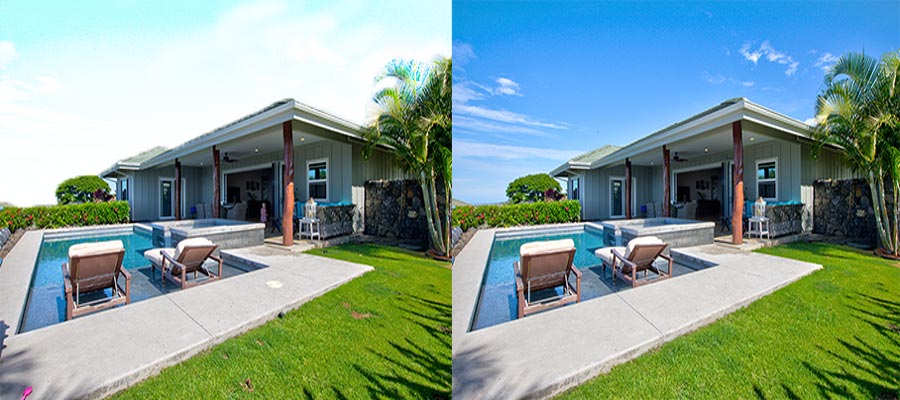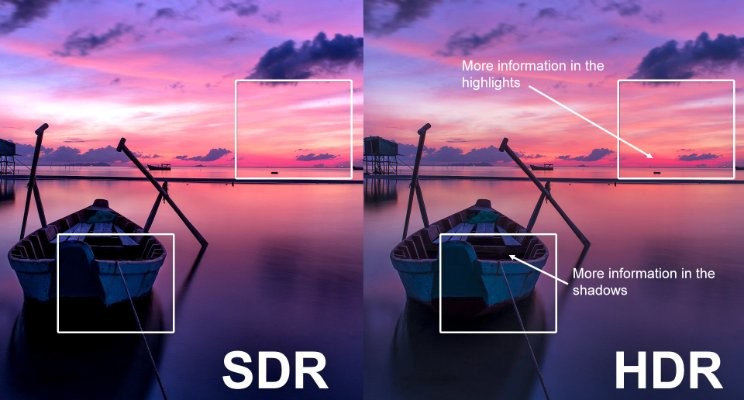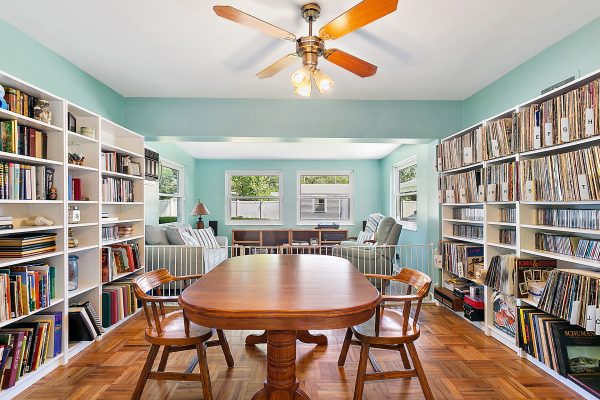Table of Contents
ToggleWhat is Real Estate Photography Editing?
Real estate photography editing refers to the process of enhancing and optimizing images of properties to make them visually appealing and attractive to potential buyers or renters. It involves a range of techniques and adjustments to improve the quality, composition, and presentation of photographs of homes, commercial buildings, or other real estate properties.

Overall, real estate photography editing plays a crucial role in creating visually compelling images that effectively showcase the unique features and characteristics of a property, ultimately helping to attract potential buyers and renters.
Top 12 Real Estate Photography Editing Techniques
Real estate photography editing techniques play a crucial role in enhancing the visual appeal of property listings, attracting potential buyers, and ultimately driving sales. Here are twelve top techniques used by professionals to elevate real estate images:
1/ HDR Imaging:
High Dynamic Range (HDR) imaging involves blending multiple exposures of the same scene to capture a wide range of light levels. This technique enhances details in both the shadows and highlights, resulting in balanced and vibrant images. HDR is particularly useful for interior shots with varying light conditions.

2/ Color Correction and White Balance Adjustment:
Correcting color casts and adjusting white balance ensures that the colors in the image appear natural and true to life. This technique involves fine-tuning the temperature and tint of the image to create a visually pleasing result.
3/ Lens Correction:
Lens distortion can distort straight lines and make rooms appear skewed or uneven. Lens correction techniques help to correct distortion, straighten lines, and improve the overall composition of the image.
4/ Perspective Correction:
Perspective correction techniques are used to correct converging vertical lines, commonly seen in images of tall buildings or interiors shot from a low angle. Adjusting perspective helps to create a more natural and visually appealing representation of the space.
5/ Sky Replacement:
Sky replacement allows photographers to enhance the visual impact of outdoor shots by replacing dull or overcast skies with more vibrant and appealing alternatives. This technique can transform the mood of an image and make outdoor spaces more inviting.

6/ Virtual Staging:
Virtual staging involves digitally adding furniture, decor, and other elements to vacant or unfurnished rooms to help potential buyers visualize the space’s potential. Virtual staging can transform empty rooms into warm, inviting living spaces, making them more appealing to prospective buyers.
7/ Cloning and Object Removal:
Removing distracting elements such as clutter, personal items, or imperfections from the image can help create a cleaner and more polished look. Cloning and object removal techniques are used to seamlessly erase unwanted elements while maintaining the integrity of the scene.
8/ Enhanced Lighting:
Enhancing lighting in real estate images can create a bright and inviting atmosphere. Techniques such as dodging and burning are used to selectively lighten or darken areas of the image, adding depth and dimension to the scene.
9/ Digital Twilight Conversion:
Digital twilight conversion techniques simulate the warm, inviting glow of twilight or dusk in exterior shots. By adjusting the color temperature, adding artificial lighting effects, and enhancing contrast, photographers can create stunning twilight images that showcase the property’s exterior in the best possible light.
10/ Virtual Renovation:
Virtual renovation techniques involve digitally updating or remodeling aspects of the property to showcase its potential. This can include updating fixtures, changing wall colors, or even digitally renovating kitchens and bathrooms to reflect modern design trends.
11/ Selective Editing and Masking:
Selective editing techniques involve applying adjustments to specific areas of the image while leaving other areas untouched. This is achieved using masking tools to isolate adjustments and ensure that they only affect the desired parts of the image.
12/ Final Touches and Polishing:
Once all edits and enhancements have been applied, final touches and polishing techniques are used to ensure that the image meets the highest standards of quality and professionalism. This may include sharpening, noise reduction, and fine-tuning of details to create a flawless final result.
Conclusion
By employing these top real estate photography editing techniques, photographers can elevate their images, showcase properties in the best possible light, and capture the attention of potential buyers in a competitive market.
Contact us now:
- Website: https://kolorheaven.com
- Fanpage: https://www.facebook.com/Kolorheaven.services
- Phone: 089 977 91 11
- Email: kolorheaven@cskolorheaven.com
- Work office: 22 TT1 – Tu Hiep auction site, Thanh Tri, Hanoi.
- Designing office: Block TT 56-57, Tran Thu Do road, Ngu Hiep, Thanh Tri, Hanoi, Vietnam










